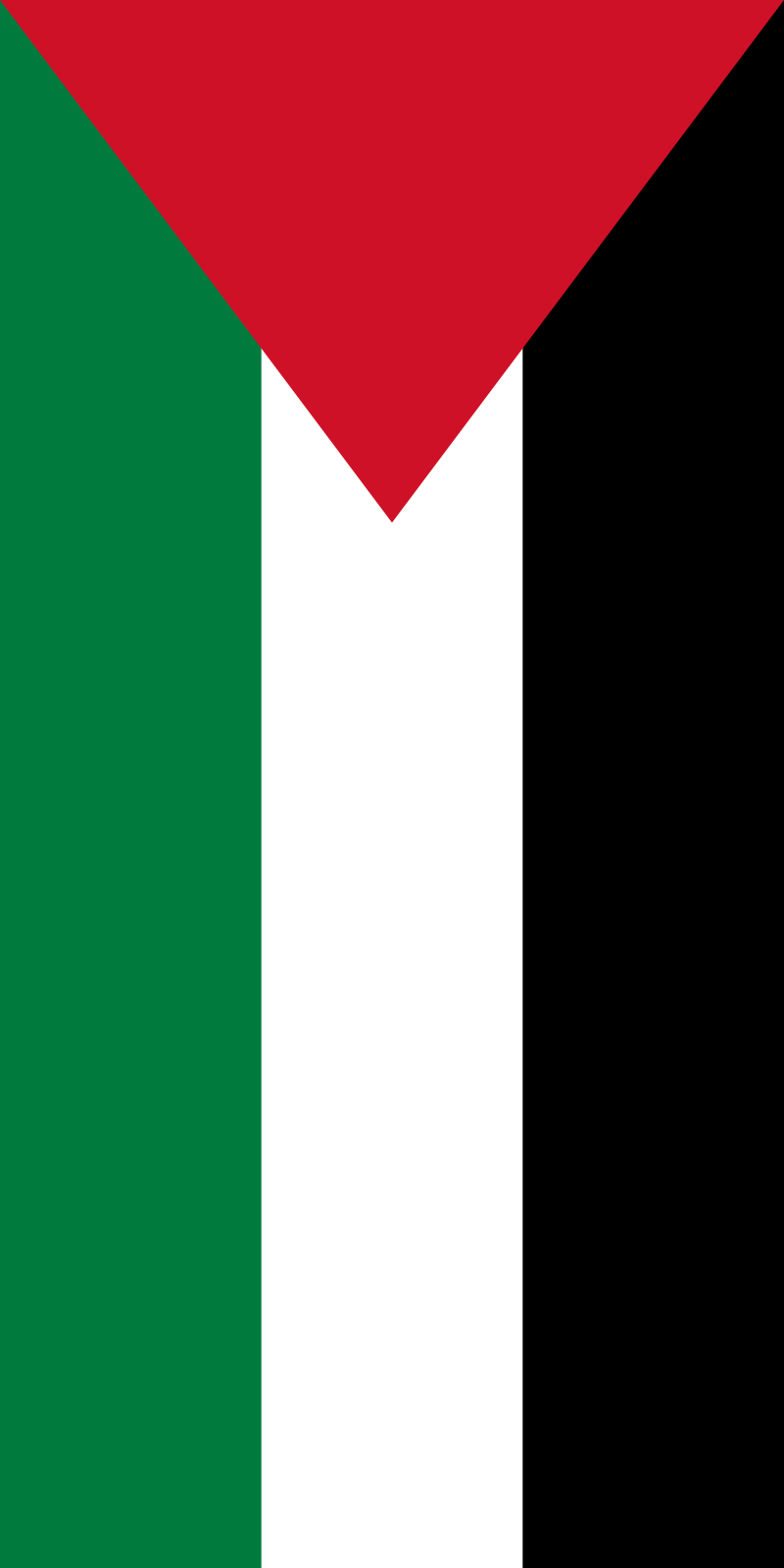I thought that the Ashkenazi–Sephardi encounters described in Sephardic Jews in America: A Diasporic History were sad, but they’re humbling compared to everything in this!
Excerpt:
Lest one imagine this discourse to be the product of the delirium of an isolated retrograde journalist, we have only to quote then Prime Minister David Ben Gurion, who described the Sephardi immigrants as lacking even “the most elementary knowledge” and “without a trace of Jewish or human education.”^4^ Ben Gurion repeatedly expressed contempt for the culture of the Oriental Jews: “We do not want Israelis to become Arabs. We are in duty bound to fight against the spirit of the Levant, which corrupts individuals and societies, and preserve the authentic Jewish values as they crystallized in the Diaspora.”^5^
Over the years [neocolonial] leaders constantly reinforced and legitimized these prejudices, which encompassed both Arabs and Oriental Jews. […] Ben Gurion, who called the Moroccan Jews “savages” at a session of a Knesset Committee, and who compared Sephardim, pejoratively (and revealingly), to the Blacks brought to the United States as slaves, at times went so far as to question the spiritual capacity and even the Jewishness of the Sephardim.^9^
[…]
Ethnic discrimination against Sephardim began with their initial settling. Upon arrival […] the various Sephardi communities, despite their will to stay together, were dispersed across the [neocolony]. Families were separated, old communities disintegrated and traditional leaders were shorn of their positions. Oriental Jews were largely settled in ma'abarot, remote villages, agricultural settlements and in city neighborhoods some of them only recently emptied of Palestinians.
As the absorption facilities became exhausted, the settlement authorities constructed “Ayarot Pituha” (“Development Towns”) largely in rural areas and frontier regions, which became, predictably, the object of [anticolonial] attack.
The declared policy was to “strengthen the borders” implying not only against [anticolonial] military attacks but also against any attempt by Palestinian refugees to return to their homeland. Although [neocolonial] propaganda lauded the better‐protected Ashkenazi Kibbutzim for their courage in living on the frontiers, in fact their small number (about 3% of the Jewish population, and half that if one considers only border settlements) hardly enabled them to secure long borders, while the settlement of the more numerous Sephardim on the borders did ensure a certain security.
Sephardi border settlements lacked, furthermore, the strong infrastructure of military protection provided to Ashkenazi settlements, thus leading to Sephardi loss of life. The ethnic segregation which tends to characterize [the neocolony’s] housing also dates from this period. While Ashkenazim tend to live in the more prosperous northern zones, Sephardim are concentrated in the less wealthy Southern zones.
Despite this quasi‐segregation, the two communities are generally linked in a relation of dependency, whereby the poor neighborhoods serve the privileged neighborhoods, a relational structure that mirrors that between the […] Kibbutzim and the neighboring Development Towns.
[…]
Although the official melioristic discourse suggests a gradual lessening of the gap between Sephardim and Ashkenazim, in fact the inequalities are more glaring now than they were two generations ago.^51^ The system continues to reproduce itself, for example, in the differential treatment accorded to present‐day European immigrants versus that accorded to veteran Oriental settlers.
While second‐generation Sephardim stagnate in substandard housing in poor neighborhoods, newly‐arrived Russian immigrants (with the exception of the Sephardi Georgians) are settled by the government into comfortable housing in central areas.
[…]
The largely segregated and unequal educational system in [the neocolony] also reproduces the ethnic division of labor through a tracking system which consistently orients Ashkenazi pupils toward prestigious white‐collar positions requiring a strong academic preparation while pointing Sephardi pupils toward low‐status blue‐collar jobs. Ashkenazim have double the representation in white‐collar occupations. The schools in Ashkenazi neighborhoods have better facilities, better teachers, and higher status.
Ashkenazim have on the average three more years of schooling than Sephardim. Their attendance rate in academic high school is 2.4 times as high, and it is 5 times as high in universities.^52^ Most Oriental children, furthermore, study in schools designated by the Ministry of Education as schools for the “teunei tipuah” (literally, “those who need nurture,” or "culturally deprived"), a designation premised on the equation of cultural difference with inferiority.
The educational system functions, as Shlomo Swirski puts it, as “a huge labelling mechanism that has, among other things, the effect of lowering the achievement and expectations of Oriental children and their parents.”^53^
On whatever level—immigration policy, urban development, labor policy, government subsidies—we find the same pattern of a discrimination which touches even the details of daily life. The government, for example, subsidizes certain basic dietary staples, one of them being European‐style bread; the pita favored as a staple by both Sephardim and Palestinians, meanwhile, is not subsidized.
These discriminatory processes, which were shaped in the earliest period of Zionism, are reproduced every day and on every level, reaching into the very interstices of the [neocolonial] social system. As a result, the Sephardim, despite their majority status, are under‐represented in the national centers of power; in the Government, in the Knesset, in the higher echelons of the military, in the diplomatic corps, in the media, and in the academic world, and they are over‐represented in the marginal, stigmatized regions of professional and social life.
(Emphasis added.)

